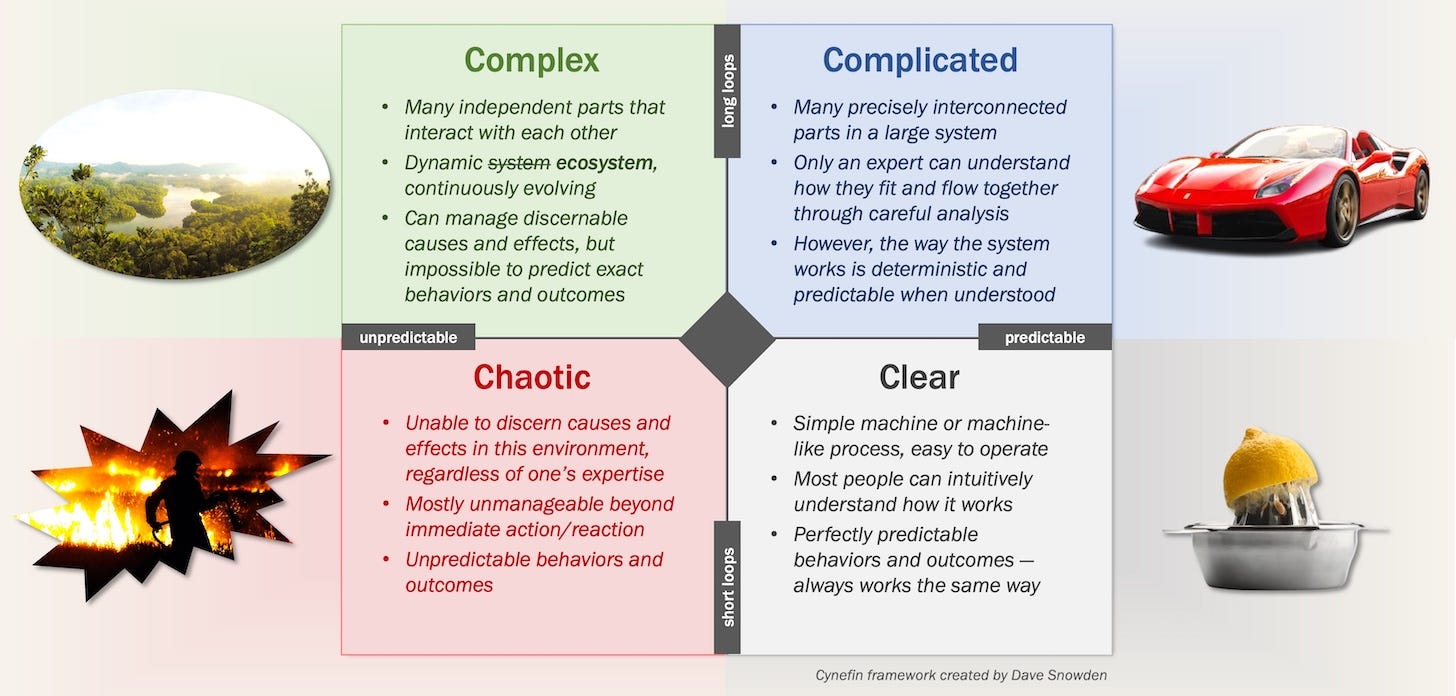Why Logging Is a Software Habit Marketers Should Copy—Before AI Breaks Everything
As AI makes outcomes less predictable, marketers need auditability, not just attribution.
Logging is Important
I recently had a car with an intermittent electrical issue.
Those are especially fun.
Unlike a normal issue—where you can just show the mechanic—an intermittent issue in the electrical system is hard to explain.
Luckily, auto engineers are good about logging.
Cars’ OnBoard Diagnostics (OBD II) system creates a record of any alert-level anomalies throughout the car.
Sounds fancy—what it really means is that the car keeps notes.
It’s like keeping notes of “hey, that shoulder pop was weird. I should ask about that” before going in for your annual physical.


The mechanic was able to look through the alerts that my car flagged.
He was able to diagnose the problem in way less time than manually.
My bill was less than it could have been. 💸
Why Marketing Should Steal Logging
How many campaigns are planned, built, and then sent off into the distance never to be examined again?
Like a message in a bottle—except instead of a bottle, it’s a $45,000 budget and a Slack thread that disappears after 90 days.
You know how developers log events in their apps? They do that because they assume—correctly—that something will break later.
And they’ll need to know what was going on when it did.
Instead of panicking every time a higher-up asked about a long-forgotten campaign—Log.
Imagine if, every time you launched a campaign, the metadata auto-logged:
What the creative team named the files (because we all know "final_FINAL_v3_edits_REALLYFINAL" isn’t actually the last one).
Whether it performed to spec.
Instead, we have 10 Frankenstein’s spreadsheets.
One lives in someone’s Google Drive. It's updated "every quarter," which means last June. Maybe.
One is actually on the hard drive of the intern from three months ago.
Want to know if a test you ran 18 months ago performed better with audience segment A or B?
Good luck.
You’ll spend 90 minutes in your inbox, four meetings, and still come up short.
Let’s steal logging.
Set up automated systems. Maybe build a dead-simple internal form that logs each campaign's inputs and intended outputs.
Make it searchable. Make it simple.
Just like a car’s OBD system—you want that shoulder pop logged, not just felt and forgotten.
And if you want to get fancy, add Statistical Process Control (SPC) charts.
If you’ve never heard of them, they're statistical tools from manufacturing that help you spot anomalies before things blow up.
In manufacturing, Statistical Process Control (SPC) charts help teams track normal vs. abnormal variations in a system.
Basically: plot your metrics over time and look for patterns that shouldn’t be there.
For marketers, this could take shape as tracking daily email open rates or CPL on paid campaigns—then flagging anomalies when results deviate more than 3σ (three standard deviations) from the moving average.
That’s not just trendspotting. That’s catching real outliers (with simple rules) before they become budgetary black holes.
The Presence of Signals
This kind of thinking—taking industrial engineering tools for business—aligns with Stephen Morlidge’s “Present Sense”
Morlidge argues that most forecasting fails because it reacts too slowly—or not at all—to the real-time signal underneath the noise.
He pushes us to pay attention to what the data is saying now, not just how it fits into a static historical model.
(Also, when the AI in your stack gets creative? You'll want to know whether that spike was a win…or a hallucination.)
No reason you can’t use that logic in spotting weird outlier campaigns or sudden drops in channel performance.
It's Going to Matter Soon (More Than Ever)
Scott Brinker recently wrote a piece about how MarTech is shifting from “complicated” to “complex” read it here.
It’s a seismic shift, not just a semantic shift. (ha!)
It’s a warning to get your data fundamentals right.
In a complicated system, if something breaks, you can trace the break. Like your car—if it’s not starting, you probably have a bad battery1.
But in complex systems, like modern AI-augmented stacks, the same input doesn’t always create the same output.
The system learns. It evolves. It rewrites the rules on the fly.
This is hard to manage—and incredibly powerful.
If your AI chatbot starts giving weird responses, or your personalization engine starts showing bathing suits to people in December, you’ll need a breadcrumb trail.
Not just a hopeless attempt to re-prompt it with the same things.
A log.
Because here’s the new reality: it’s no longer enough to ask “what did we send?”
You’ll need to know “what did the system actually do?”
As MarTech stacks get more agentic, more autonomous, and more black-box-like, the need for auditability skyrockets.
A simple GPT plugin or a LLM-based recommendation tool may seem benign—until it decides to segment users based on behavior patterns you didn’t know it was analyzing.
That’s why marketing needs to get serious about logging.
Not (just) for compliance. Not (just) for vanity metrics.
But for continuity, resilience, and trust.
Conclusion
If you want your team to move fast, you have to build in safety.
Modern marketing is moving fast, too. But if you're not logging, you're flying blind.
So start now. Add structure. Make logging part of campaign wrap-ups. Make it lightweight. Make it habitual.
Because someday, something’s going to break. And you’re going to want notes.
Little did I know that my issue was a bad AUXILIARY battery plus an old starter.




